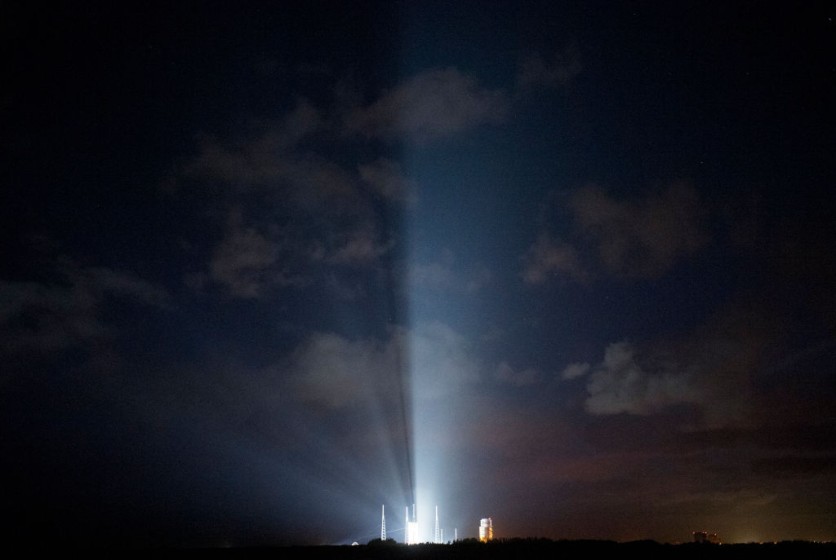NASA and Boeing have officially confirmed that the latter's crewed Starliner mission is officially launching on May 6 after completing its critical flight test review.
Two astronauts are scheduled to go to the International Space Station in the spacecraft. Following the conclusion of a crucial flight test assessment on Thursday, NASA and Boeing determined that the capsule is prepared for launch.
Astronauts Butch Wilmore and Suni Williams are scheduled to board Starliner on May 6th evening, assuming all goes according to plan, and ride an Atlas V rocket from United Launch Alliance into space.
The astronauts, both veteran test pilots for the United States Navy, will not only be the first humans to fly on Starliner but also reportedly the first to board the United Launch Alliance's (ULA) Atlas V rocket.

(Photo: Joel Kowsky/NASA via Getty Images) CAPE CANAVERAL, FL - DECEMBER 18: A United Launch Alliance Atlas V rocket with Boeings CST-100 Starliner spacecraft onboard is seen illuminated by spotlights on the launch pad at Space Launch Complex 41 ahead of the Orbital Flight Test mission.
The Crew Flight Test mission to the International Space Station (ISS) has been delayed for almost four years because of Starliner problems, which Wilmore and Williams have consistently emphasized require long-term fixes. However, Wilmore told sources that additional issues would undoubtedly arise during their roughly one-week test trip.
After about a day and a half, the two astronauts will reach the International Space Station (ISS), where they will spend approximately a week.
The two will use Starliner to return to Earth while it remains docked with the station. Starliner will use five parachutes to decelerate down from extremely high orbital speeds and make a smooth landing in the western United States.
Read Also: Former Boeing Engineer Says Aircraft Giant's Planes Could Break While Flying
NASA's Commercial Crew Program
NASA launched the Commercial Crew Program (CCP) in 2011 to procure astronaut transportation services from commercial enterprises. In a billion-dollar agreement, the agency chose to work with SpaceX.
However, several technical problems have caused Boeing's Starliner to be significantly delayed, unlike SpaceX, which has finished all six missions under the original contract and more.
These delays have cost Boeing more than $1.5 billion in extra expenses. The aerospace behemoth has recently experienced numerous such near-disasters, and it is currently under regulatory examination because of errors in its commercial aircraft division.
Boeing CEO Dave Calhoun announced earlier this year that he would retire at the end of 2024.
In preparing for the first astronaut flight, Williams commended the Boeing and NASA trainers for incorporating "lessons learned" from two uncrewed flight tests with Starliner and practicing those procedures in simulators.
Starliner Delays
The launch was previously slated for March this year after being delayed twice in 2023. According to sources, the Starliner was originally introduced in 2010 after nearly 15 years of development.
This is Boeing's attempt at creating a reusable spaceship to compete with SpaceX's Falcon and Dragon.
Despite a successful docking to the International Space Station in 2022, the Starliner's operations for its crewed mission in 2023 have been problematic.
The cancellation of the scheduled flights in April and July 2023 has already generated significant problems for Boeing, as NASA and its astronauts are still waiting for the launch vehicle.
Boeing is the sole firm and service the world is waiting to launch, with the commercial crew well along and the other half having already completed such flights.
Related Article: NASA's Voyager 1 Transmits Usable Data After 5 Months of Nonsense

(Photo: Tech Times)




